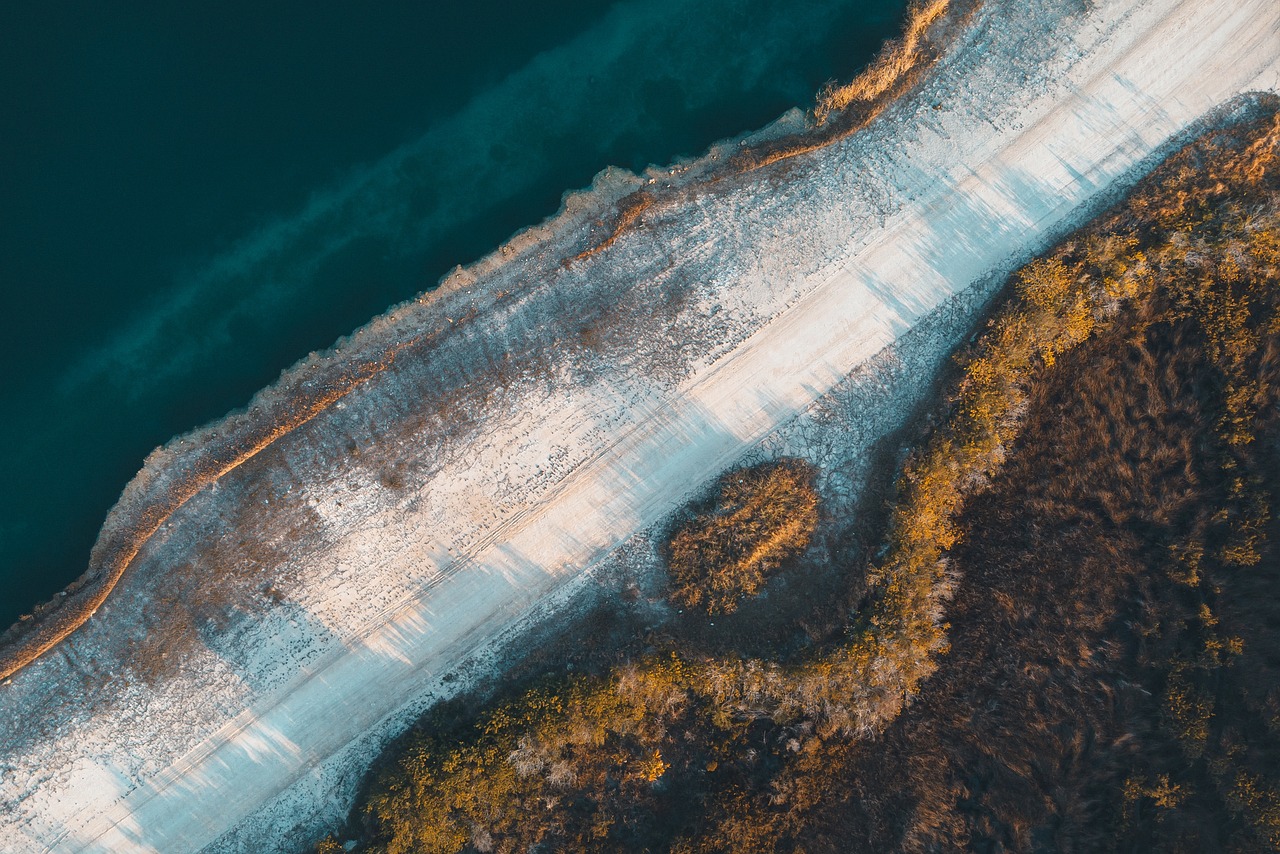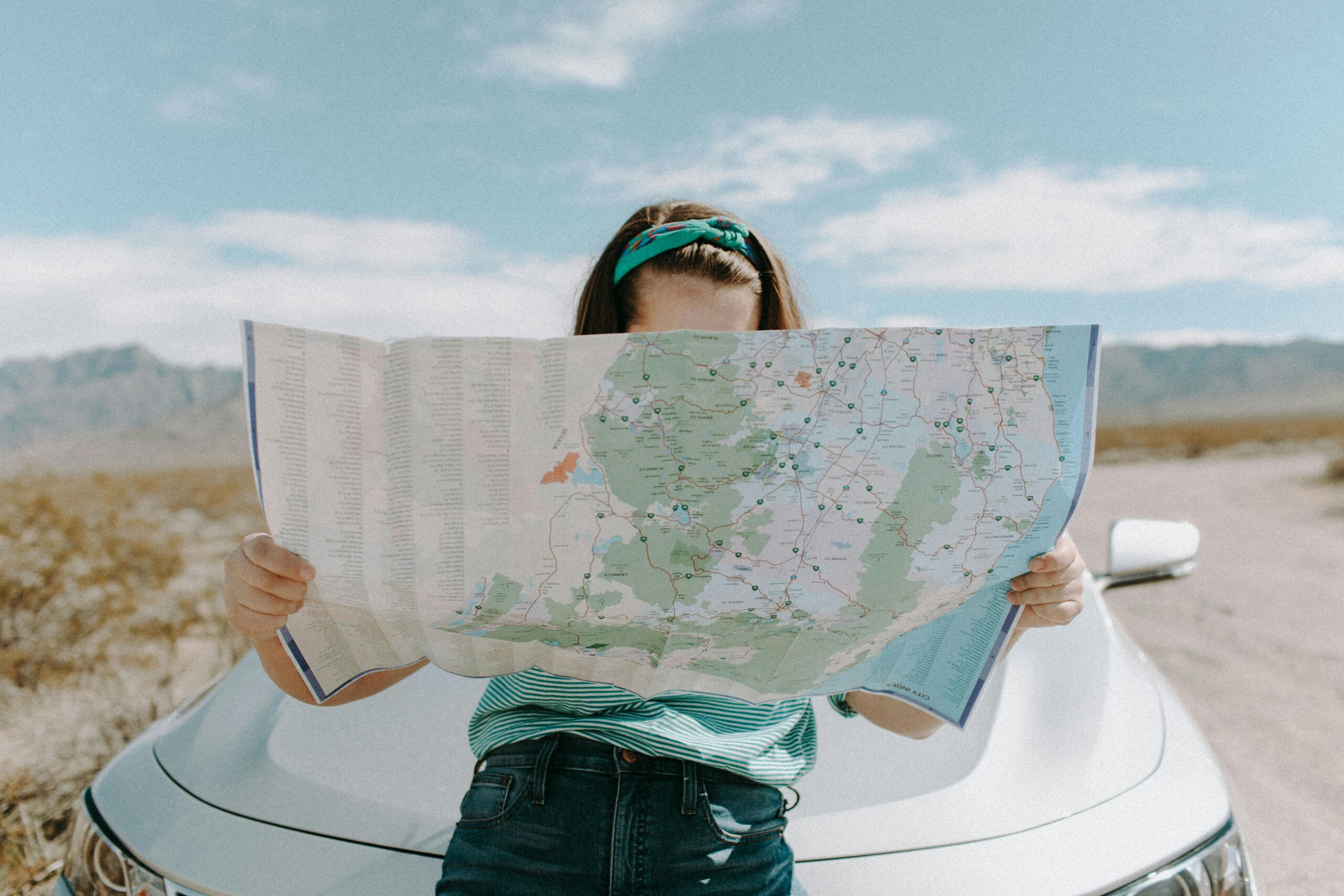Have you ever looked at professional travel photos and wondered how they manage to capture such breathtaking moments? Whether you’re an amateur or a seasoned traveler, sharpening your photography skills can make a significant difference in how your travel memories are captured and cherished. Let’s dive into the top 10 travel photography tips to help you elevate your game and create stunning visuals that tell the story of your adventures.
🌴 Get Your FREE Bahamas Checklist!
Perfect for planning your island escape 🌊
We respect your privacy. Unsubscribe anytime.
Powered by greattravelnews.com

1. Understand Your Camera
Know Your Gear
Before heading out on your travels, take the time to familiarize yourself with your camera, whether it’s a DSLR, mirrorless camera, or even your smartphone. Understanding the different settings, modes, and features will make a huge difference in your photography.
Practice Makes Perfect
Take the time to practice at home or in familiar settings. Experiment with various modes, such as aperture priority, shutter priority, and manual mode. Familiarizing yourself with your camera will help you quickly adapt to different lighting and environmental conditions while traveling.
2. Plan Your Shots
Research Your Destination
Before you even step foot in your destination, invest time in researching the location. Understanding what the place has to offer—its landmarks, cultural aspects, and best times to visit—will allow you to plan your shots better.
Create a Shot List
A shot list involves writing down the types of photos you want to capture. For example, a shot list for Paris could include the Eiffel Tower at sunset, a street market, and candid shots of locals. This will keep you focused and ensure you capture a wide variety of scenes.
3. Use the Rule of Thirds
Composition Basics
The rule of thirds is a basic principle that can be applied to improve the composition of your shots. Imagine dividing your photo into nine equal parts using two horizontal and two vertical lines. Place the key elements of your scene along these lines or at their intersections to create a more balanced and engaging photo.
Practical Tips
Most cameras have a grid feature that can be turned on to help you apply the rule of thirds. Experiment with placing your subject off-center to see how much more dynamic your photos can appear.
4. Focus on Lighting
Natural Light is Your Best Friend
One of the most important aspects of photography is lighting. Natural light often provides the best results, particularly during the golden hours—shortly after sunrise and before sunset—when the light is soft and warm.
Avoid Harsh Midday Sun
If you find yourself shooting in the middle of the day when the sun is at its highest, seek shade or use a diffuser to soften the harsh light. This can help prevent overexposure and unflattering shadows.

5. Capture Candid Moments
The Beauty of Spontaneity
Not all great photos are planned. Some of the best travel photos capture candid moments that reflect genuine emotion and spontaneity. Keep your camera ready to capture these fleeting moments as they happen.
Blend In
To capture candid moments, it’s crucial to blend in as much as possible. Avoid drawing attention to yourself and try to be unobtrusive. Using a smaller lens or even a smartphone can make you less conspicuous.
6. Incorporate Local Elements
Tell a Story
Travel photography is about more than just pretty pictures; it’s about telling a story. Incorporate local elements such as traditional customs, foods, and people to give your photos added depth and context.
Get Permission
In many cultures, it’s essential to ask permission before photographing people. This not only shows respect but can also lead to more genuine and cooperative subjects.

7. Experiment with Angles and Perspectives
Think Outside the Box
Travel photography gives you the freedom to experiment with different angles and perspectives. Don’t just shoot from eye level; instead, try getting low to the ground or finding a higher vantage point.
Use Leading Lines
Leading lines are elements within your photos that draw the viewer’s eye into the scene. These could be anything from a winding road to a row of trees. Incorporating leading lines can add depth and guide the viewer’s attention to the focal point of the image.
8. Post-Processing is Key
Editing Software
Editing is an essential part of modern photography. Software like Adobe Lightroom or Photoshop can help you enhance your photos, correct exposure issues, and adjust colors to make your images pop.
Keep It Natural
While it’s tempting to go overboard with filters and effects, try to keep your edits natural. Over-editing can make your photos appear artificial and detract from their authenticity.
9. Backup Your Photos
Multiple Storage Options
Travel photography often involves taking a large number of photos. To ensure you don’t lose your precious memories, back up your photos in multiple locations. Use external hard drives, cloud services like Google Photos or Dropbox, and even physical prints for added security.
Daily Routine
Make it a habit to back up your photos daily. This minimizes the risk of losing them due to theft, damage, or accidental deletion.
10. Continuous Learning
Take Workshops
One of the best ways to improve your travel photography skills is to participate in workshops. Whether online or in-person, workshops can provide you with valuable insights and techniques.
Follow Experts
Follow professional travel photographers on platforms like Instagram or YouTube. Study their work, read their tips, and watch their tutorials to gain new perspectives and inspiration.
Stay Curious
Never stop learning and experimenting. The field of photography is continually evolving with new techniques, equipment, and trends. Staying curious and open to learning will help you continuously improve and produce stunning travel photos.
Conclusion
Mastering travel photography is a rewarding endeavor that can significantly enhance your travel experiences and memories. By understanding your camera, planning your shots, using natural light, and continuing to learn, you can create captivating photos that tell the story of your adventures. So go ahead, apply these tips, and watch your travel photos transform from ordinary to extraordinary. Safe travels and happy shooting!




